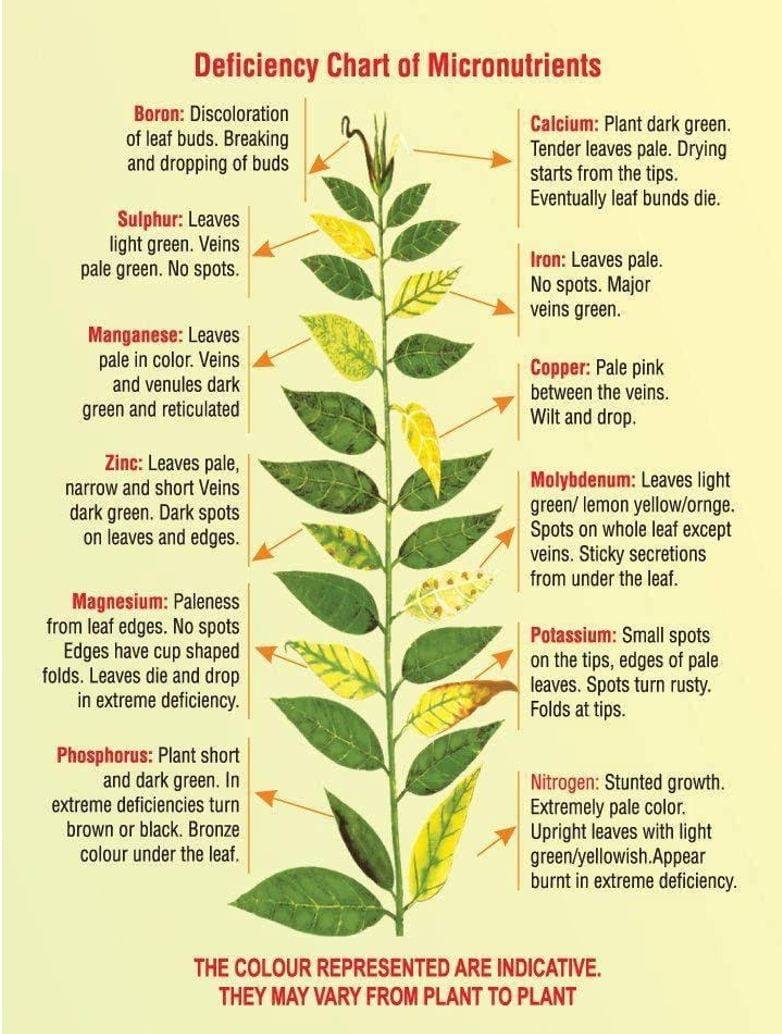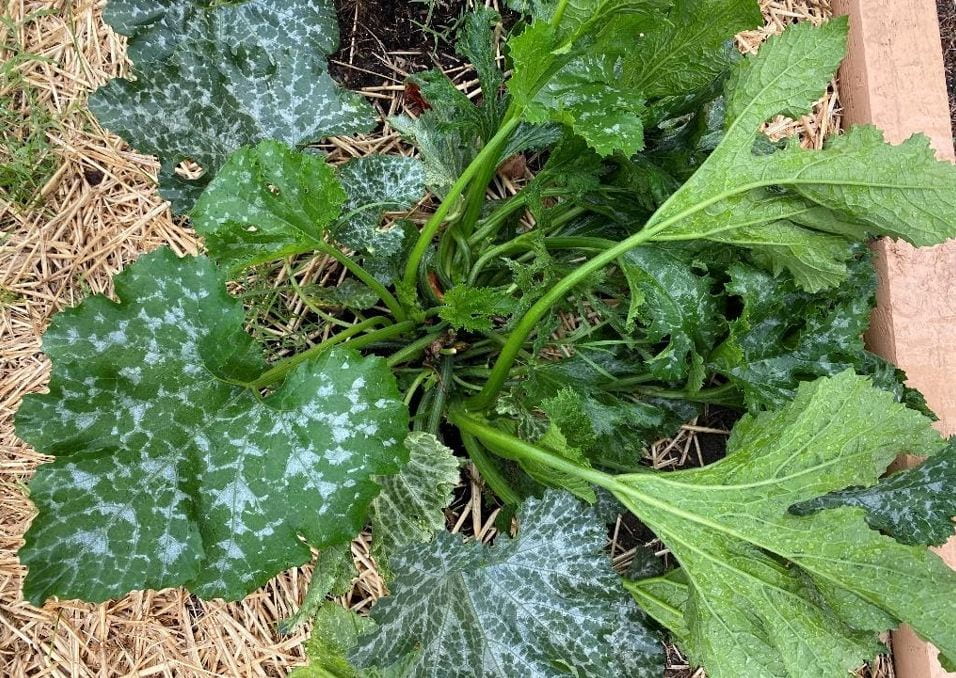By Haley Sater
Agriculture Agent, Wicomico County
University of Maryland Extension
HSater@umd.edu
Everyone with a garden knows how exciting it is when you first get going in the spring. Whether you started your vegetables from seed or as transplants the first week or two all your little plants look promising. Until, inevitably, something goes wrong. This year for me, it was chlorosis or leaf yellowing in my garden. I first noticed it because it was very prominent on the leaves of my zucchini. Once discovered, my plant sleuth diagnostician training kicked in. Immediately, I started looking around and trying to gather several key informative clues from the garden to help determine what the problem could be and how to fix it.

First you must define the problem: I saw leaf yellowing in my zucchini, but wait, it appeared to only be affecting the new leaves, not the old leaves. The leaf yellowing seemed to be affecting all four zucchini I have planted equally. There didn’t appear to be any insect damage or lesions or spots on the leaf, just a lack of green pigment in the new leaves and flower buds of the zucchini plants.
Next I looked around the rest of the garden trying to see if I could find any similar issues in my other vegetables and berries. Sure enough similar but less pronounced leaf chlorosis appeared on a couple of my raspberry plants and tomatoes.
Next step: Now it’s time to think like a doctor, which means asking the right questions. First, we break down all the things that can kill plants into two categories: abiotic and biotic. Abiotic means environmental conditions, and biotic being any kind of living organism that can act as a pathogen. In general if you have a biotic problem like a fungal disease or insect herbivory there will be specific symptoms like insect holes or trails on the leaf. A fungus might cause spots which will eventually make powdery spores on the surface of the leaf. These signs of pathogens are often not symmetrical. However, the leaf yellowing present on all of these plants appeared to be mostly symmetrical and lacked any tell-tale signs of insect or disease, pointing me in the abiotic direction. Additionally, the same symptoms were visible in multiple plant species across the garden. Generally, different species of plants that are not closely related will not all suffer from the same types of biotic pests, but if there is an abiotic problem like drought or nutrient deficiency, it is more likely that it will be found across the garden in multiple species.
Form a hypothesis: I began to suspect that I had a nutrient deficiency. Nutrient deficiency shows themselves in different ways depending on which nutrient is missing. However, chlorosis or leaf yellowing is a very common symptom of several nutrient deficiencies. Additionally, I had neglected to get a soil sample taken of my garden in the spring and so I knew there was a possibility that I could be lacking some unknown nutrients.

Next, I used a deficiency key to decide which nutrient might be missing or unavailable to my plants in the soil.
Q1.) Are older or younger or all leaves affected? A1: Youngest
Q2.) What’s wrong with them? A2: Chlorosis/ yellowing.
Q3.) Is the chlorosis everywhere except the leaf veins? Or does it have tan specking? A3: No tan specking, no chlorosis on the leaf veins.
So the nutrient that is missing is iron (Fe).


One month later
After the application of a micronutrient fertilizer which included iron my zucchini are looking so much better. I can’t be sure that the missing nutrient was iron because the fertilizer I used was a blend of different micronutrients, but it sure made a difference. The yellowed leaves have regained their normal green color; which just goes to show that nutrient availability in your soil can make a big difference in the health of your garden.